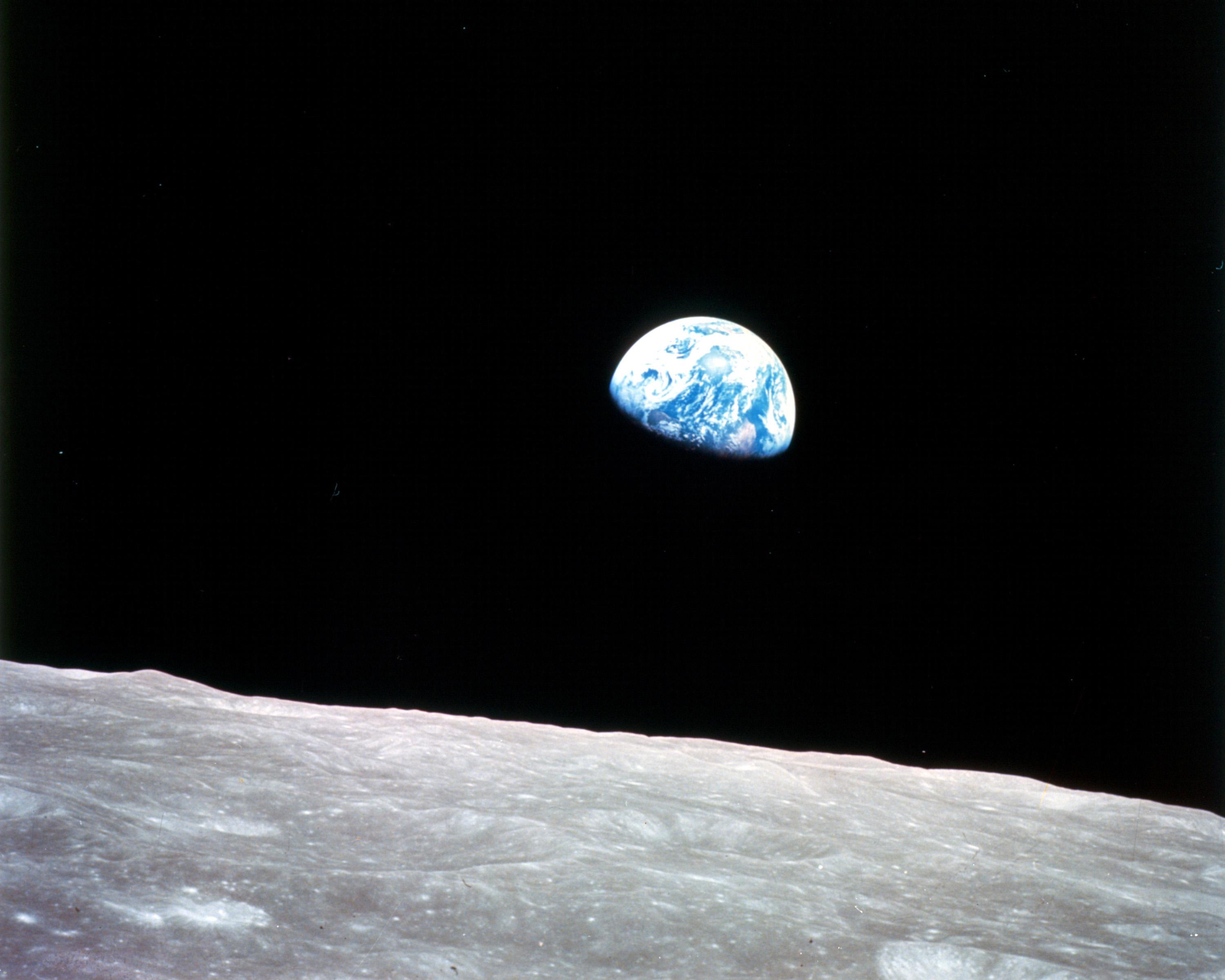
Minnesota Mathematics of Climate Seminar

January 30, 2024
Modeling misperception of public support for climate policy, Ekaterina (Kath) Landgren, Cooperative Institute for Research in Environmental Sciences, University of Colorado Boulder
Mitigating the consequences of climate change and reducing political polarization are two of the biggest problems facing society today. These problems are intertwined, since meeting international climate-mitigation targets requires implementing policies that accelerate the rate of decarbonization, and these policies can succeed only with widespread bipartisan support. Since the late 1980s, climate change has become a strongly polarizing issue in the United States. However, overall support for climate policy is high, with 66-80% of Americans supporting climate policies. Curiously, 80-90% of Americans underestimate public support for these policies, estimating the prevalence of support to be as low as 37-43%. (Sparkman et al. Nature communications 13.1 (2022): 4779.) The implications of such widespread misperception range from individual behaviors to legislative outcomes. Supporters of climate policy are more likely to self-silence if they believe their peers do not support it, and politicians are less likely to promote policies they believe to be unpopular. Here we present an agent-based social-network model of public perception of support for climate policy grounded in previous empirical studies and opinion surveys. We find that homophily effects alone do not explain widespread misperception. However, our network analysis suggests that disproportionate representation of opposition to climate policy among central nodes can offer a potential explanation for underestimation of public support. In order to assess the validity of this assumption in the real world, we explore the coverage of climate policy in U.S. news media in order to inform our model.
February 20, 2024
A Friendly Introduction to Topological Data Analysis (TDA) and Applications with the Help of Squirrels, Rachel Roca, Department Of Computational Mathematics, Science, and Engineering, Michigan State University
Topological Data Analysis (TDA) allows us to examine the shape of data and has been a rapidly growing field for the past few decades. In this presentation, I will discuss constructing complexes from point cloud data, as well as applying tools such persistent homology and mapper. While we explore these concepts, we will ground ourselves in an example of geospatial TDA of the squirrels living in Central Park, as well as highlight non-squirrel related applications of TDA. This talk will be accessible for all and aims to demonstrate a minuscule amount of the exciting prospects of using TDA on data in an intuitive and fun way.
February 27, 2024
Applying a flow-kick framework to understand how the spatial spread of populations affects population response to extreme climate events, Martha Torstenson, Ecology, Evolution and Behavior, University of Minnesota
Animal populations are being affected by climate change, including changing patterns of extreme climate events. It is clear that the effect of extreme climate events on populations depends on population patterns of movement and space use, but it is unclear how. For example, populations that are more spread out across the landscape may be affected less severely by any given spatially restricted extreme climate event, but they may also be affected more frequently by some spatially restricted extreme climate event. We use a flow-kick model to demonstrate that populations that are subject to more frequent, smaller-magnitude kicks (due to being more spread out) are less likely to crash than populations subject to less frequent, higher-magnitude kicks (due to being less spread out). Although these results are broadly applicable, our study offers a novel explanation for differences between migratory and non-migratory populations to extreme climate events since migratory populations have a tendency to aggregate at high densities. This model also offers testable hypotheses regarding the effect of population dispersion on population response to changing extreme climate event regimes. In my talk, I will walk through the structure of my model and some of the preliminary results. This is a work in progress and I would be very excited to get feedback!
April 2, 2024
Let's solve global warming by blocking out our Sun, Christine Brasic, School of Mathematics, University of Minnesota
From space mirrors to atmospheric aerosols, can we solve global warming by reducing incoming solar radiation? This talk will provide a brief background of Earth's albedo, concepts in solar geo-engineering, and potential drawbacks. The mathematics sticks to basic geometry and provides an accessible explanation of the effects of solar geoengineering on Earth. We ultimately provide an argument against blocking-out the Sun.
April 16, 2024
How the World has Changed Since I Started Teaching, Robert Sterner, Director, Large Lakes Observatory and Professor, Department of Biology, University of Minnesota Duluth
I began lecturing as a tenure track faculty member in 1988, and I gave my last lecture as 2023 was coming to a close, a span of 35 years. The syllabus said the lecture topic was “Global Ecology” so I chose to create a set of figures about how the Earth has changed over my teaching lifetime. After class I put those figures into a series of posts on X, which then garnered more than 70,000 views and became a story in USA Today. In this presentation I will share those plots and add some new ones more specifically about changes in freshwater resources. One big take away from this experience is how important it is for science messaging to appeal to human nature in order for it to have the broad impact that is so needed today.